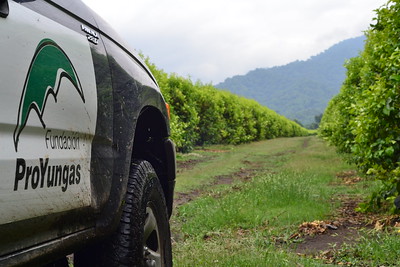Eco-credit/MKUBA groups (formed and trained to issue loans to their member and track their repayment)
MKUBA stands for Mfuko wa Kutunza Bahari: “Fund to care for the sea” in Kiswahili. It is a type of Community Eco-Credit scheme.
Community eco-credit is defined as: “credit, managed at the community level, conditional on ecological actions undertaken by the community member borrower required under the loan terms.” (Wild, et al, 2020) – will send ref is there space for it.
In our MKUBA pilot five groups, constituted according to the main livelihood activity of their members, have been initially established in 2018; they were made of foot fishers, net fishers, seaweed farmers, mangrove users, and the last group were the member of the WFCs.
The eco-credit group members attended a series of training to enable the group to operate and follow the rules they have to abide by to receive the capital funding from the supporting organisation. Trainings included the following main topics: Leadership training, Record keeping, How to protect the cash box, By-laws of each group, Fines, Capacity building in business (brief), Conservation management and reporting procedures.
